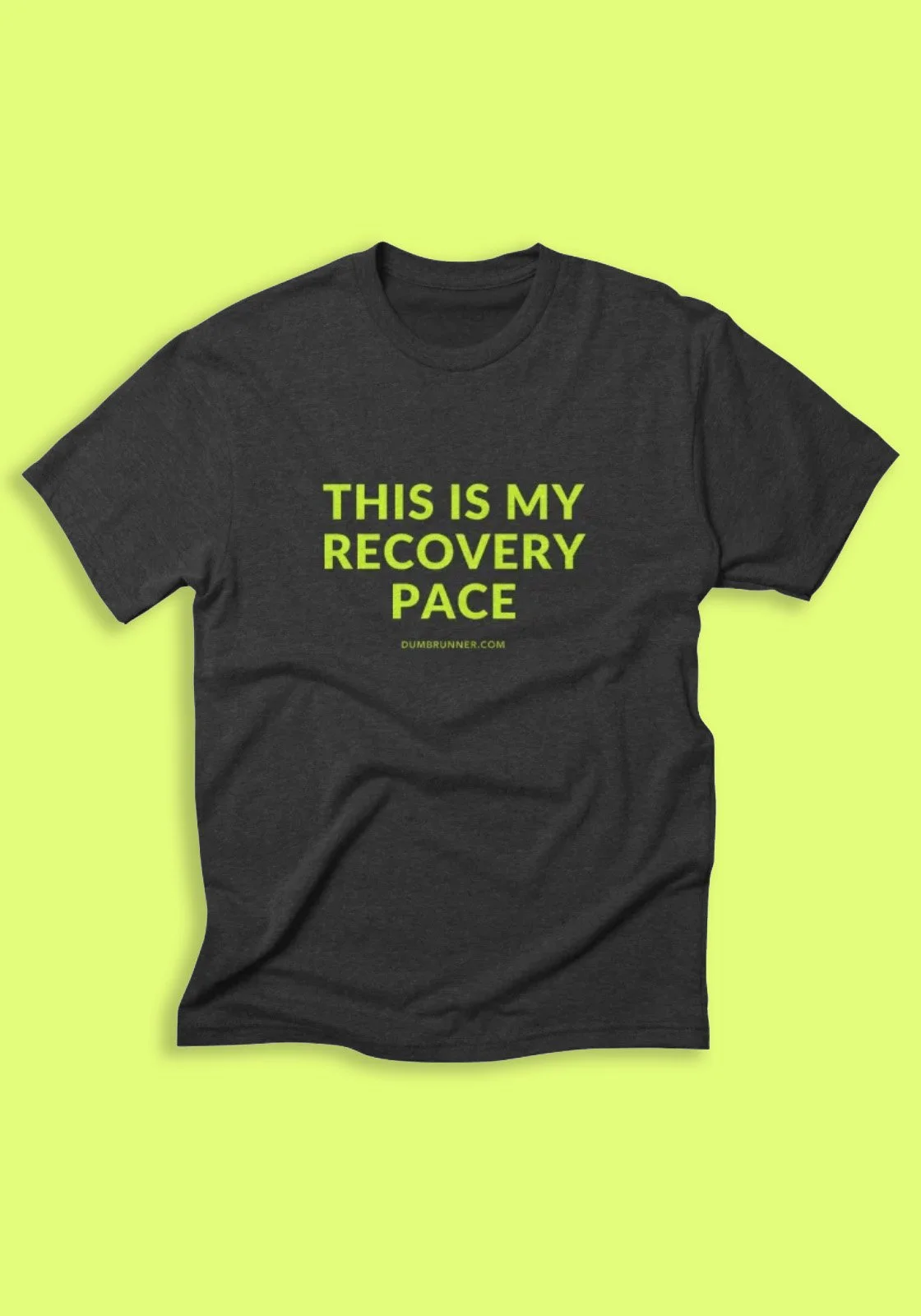The Dumb Runner Guide to Running in the Snow
/iStockphoto.com
Readers, before we dive into today's topic, let me ask you this: Do you have ample bread and milk at home?
If not, WHAT ARE YOU DOING SITTING THERE READING THIS? Go at once! Drive as recklessly as possible to the nearest supermarket or convenience store, shove your way past the screaming throngs, and grab whatever milk and bread you can! And wadded beef!
Screengrab via The Simpsons
Snatch it from the cart of an old woman if you have to! Haven't you heard? A dangerous snowstorm is coming!
Well, it is if you live in the mid-Atlantic region of the eastern United States. And if you're reading this on or around the date is was published, i.e. January 21, 2016. If neither of those things apply to you, then I apologize for wasting your time before getting to the matter at hand, which is...
How to Run in the Snow
The short answer: Very carefully. This may sound obvious, but you'd be surprised. Too many runners head out into the ice and snow as if they're running in a magical, invisible Bubble of Precious Specialness that will keep them from falling.
Or in a Bubble of Precious Smugness, e.g.,
I know you've probably seen that clip a dozen times. But I couldn't not share it here. I mean, I'm sure these runners are very nice people. But they were practically begging for that.
Running carefully in the snow means five things:
Slowing down. This should be obvious. But, again... apparently it isn't. Be especially cautious when rounding corners.
Shortening your stride. Shorter strides = More stability.
Thinking ahead when you want to stop. Just like you would in a car.
Staying loose. Run relaxed, and you'll recover easily from a minor slip. If you're tense and rigid, that same minor slip may turn into a major fall.
Deferring to cars. Even in situations where you normally wouldn't, and even if it means pausing your run to step off the road.
What to Wear
Sturdy shoes. I prefer trail shoes in the snow, even when I'm running on streets or paved paths.
A breathable jacket. Preferably in a garishly bright color for better visibility against all that whiteness.
Cleats, if conditions call for them. If it's very icy—or you suspect it might be—you really should wear some sort of strap-on cleats. I've mostly used Yaktrax in the past, and I find they work pretty well.
Other Tips
Be visible. This advice will look familiar to anyone who has read The Dumb Runner Guide to Running in the Dark. It applies to running in the snow as well. Especially if you are running in the snow in the dark.
Adjust your expectations. Running in snow—especially deep snow—is hard. It will wear you out fast. Keep that in mind before you attempt a 10-mile out-and-back run in 10 inches of fresh powder.
Don't be a jackass. In other words: Avoid high-traffic roads. Don't run in the middle of the street. Don't play chicken with oncoming cars, even if you think they have "plenty of room." Drivers in snowstorms are stressed out enough as it is.
Leave your earbuds at home. Seriously.
Watch out for snowplows. They're big, and noisy, and because of this their drivers are apt not to notice a little runner in the road. Every winter we see stories about runners hit, and often killed, because they didn't see or hear a snowplow, or vice versa. And that is a damn tragedy.
Know when to throw in the towel. If the weather is really awful, stay indoors. After a certain point, venturing out for a run in bad weather isn't tough or funny. It's stupid.
Summary
Use your head. Be visible. Be safe.



